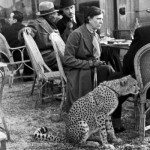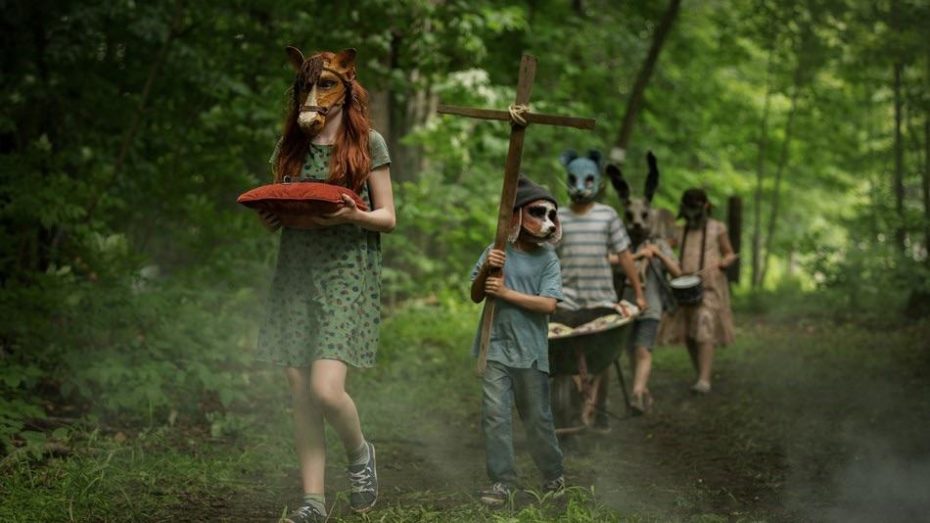
Stephen King’s 1983 horror novel Pet Sematary was recently resurrected on the big screen for a second time, renewing our curiosity in the often forgotten resting places of our furry companions. There’s something about those miniature tombstones in a humble graveyard where the pure love given by pets is honoured with such unabashed sincerity. Since time immemorial, domestic pets have been a feature of civilisation: from the tireless shire horses of yesteryear to the loyal family dog. Throughout the ages, humanity has dealt with death in all sorts of ways but it was the Victorians who were the most innovative. During the 19th century, officially sanctioned pet cemeteries began to pop up across the world for the first time since antiquity. And not to freak you out, but there are tons of pet cemetery’s in backyards that most home owners are unaware of. But in the continued pursuit and love of all things miniature, occult and overlooked, ranging from classic gloomy graveyards to elaborate mausoleums, here are the pet cemeteries we’ve marked on our global map.
Hyde Park Pet Cemetery, London
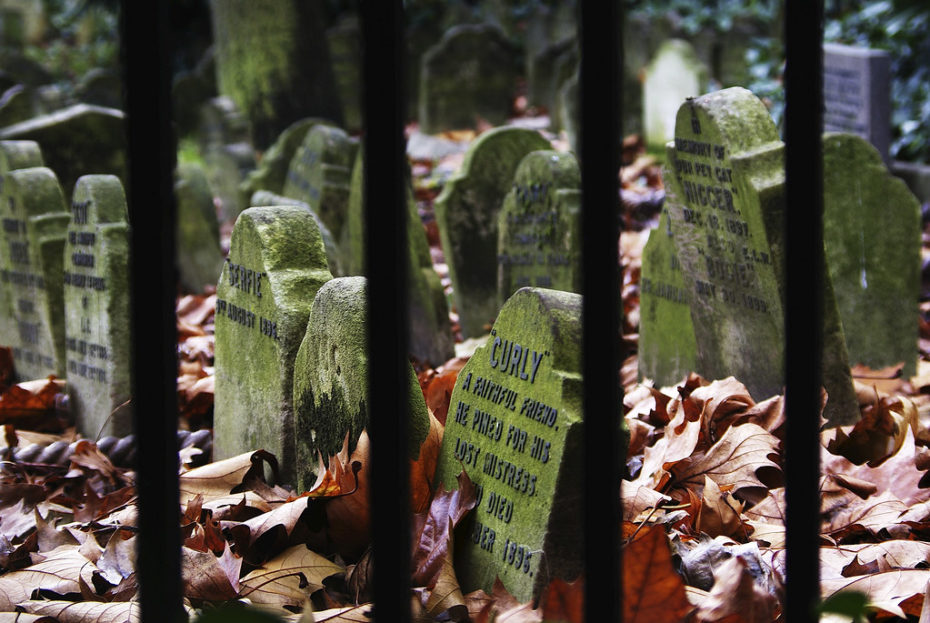
This modest plot in London’s Hyde Park was founded in 1881 by Mr Winbridge, a former gatekeeper at Victoria Lodge. It was in the lodge’s back garden that the first pet was interred here: a Maltese terrier, remembered with a short but sweet headstone reading “Poor Cherry. Died April 28 1881.”
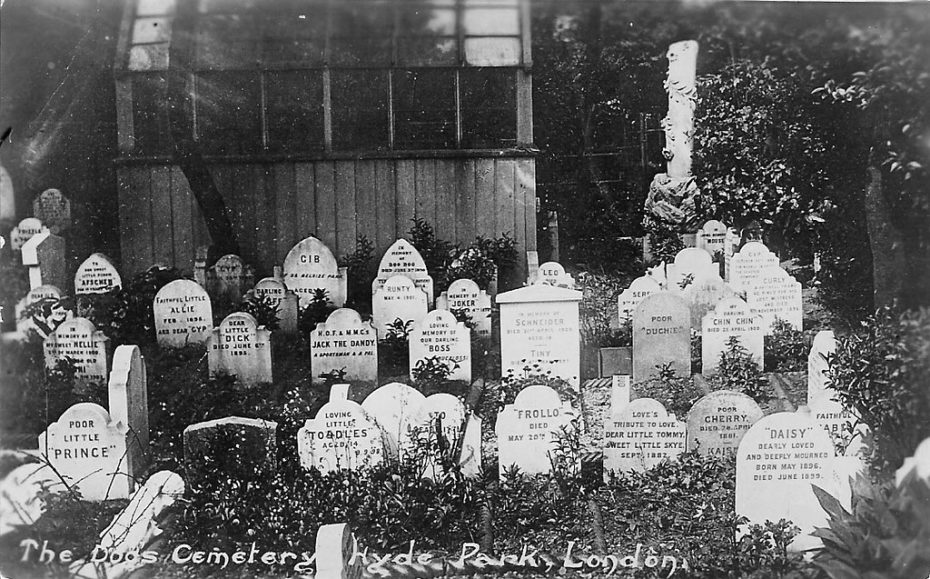
The story goes that Cherry’s owners had oft strode through the park as a gleesome threesome, making friends with Mr Winbridge over the years. When Cherry went to pet heaven, it was only natural for a grave to be laid in the park, which led to locals requesting the same treatment.

Messages of varying degrees of melodrama are carved into the mini grave markers, ranging from the poetic – “Alas! Poor Zoe” – to the downright devastating – “Darling Dolly my sunbeam, my consolation, my joy.” The majority of the plots are occupied by the pet dogs of well-to-do neighbours of the royal park, though there lies the occasional cat, numerous birds and, notably, three small monkeys.
For just over twenty years, the gatekeeper would double up as the funeral celebrant, presiding over the burials of some 300 beloved pets. So beloved were they, it is reported that many of the owners were “too overcome with grief to be able to face this last cruel parting.” The last service to take place at this leafy site was in 1903.

One-hour visits to the cemetery can be arranged for up to 6 people via The Royal Parks for a cool £60, or you can catch a glimpse of it through the railings of Victoria Lodge.
The Parisian Dog & Domestic Pet Graveyard in Asnières-sur-Seine
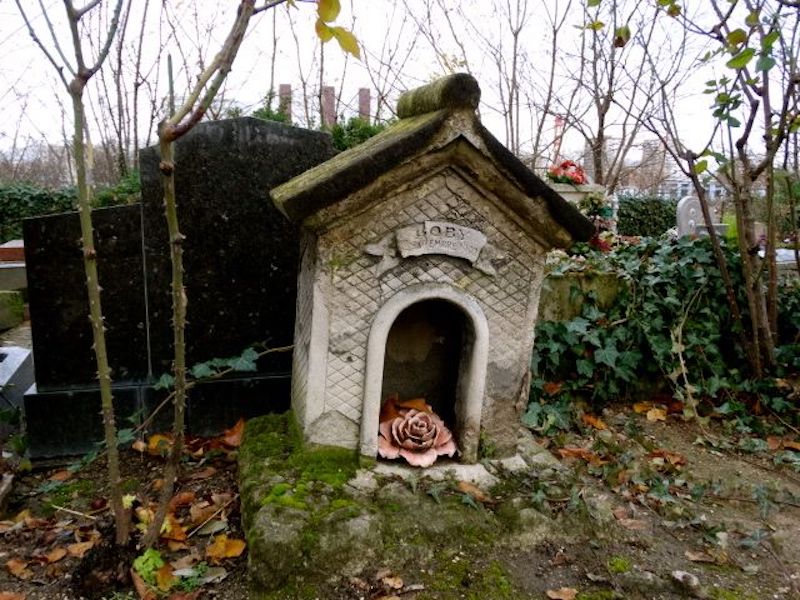
Never ones to do things in half-measures, France’s Cimetière des Chiens et Autres Animaux Domestiques is considered the first zoological necropolis in the modern world, established in 1899. What that essentially means is that, rather than commemorate their dearly departed with humble headstones, Belle Epoque-era French pet owners would commission extravagant tombs.
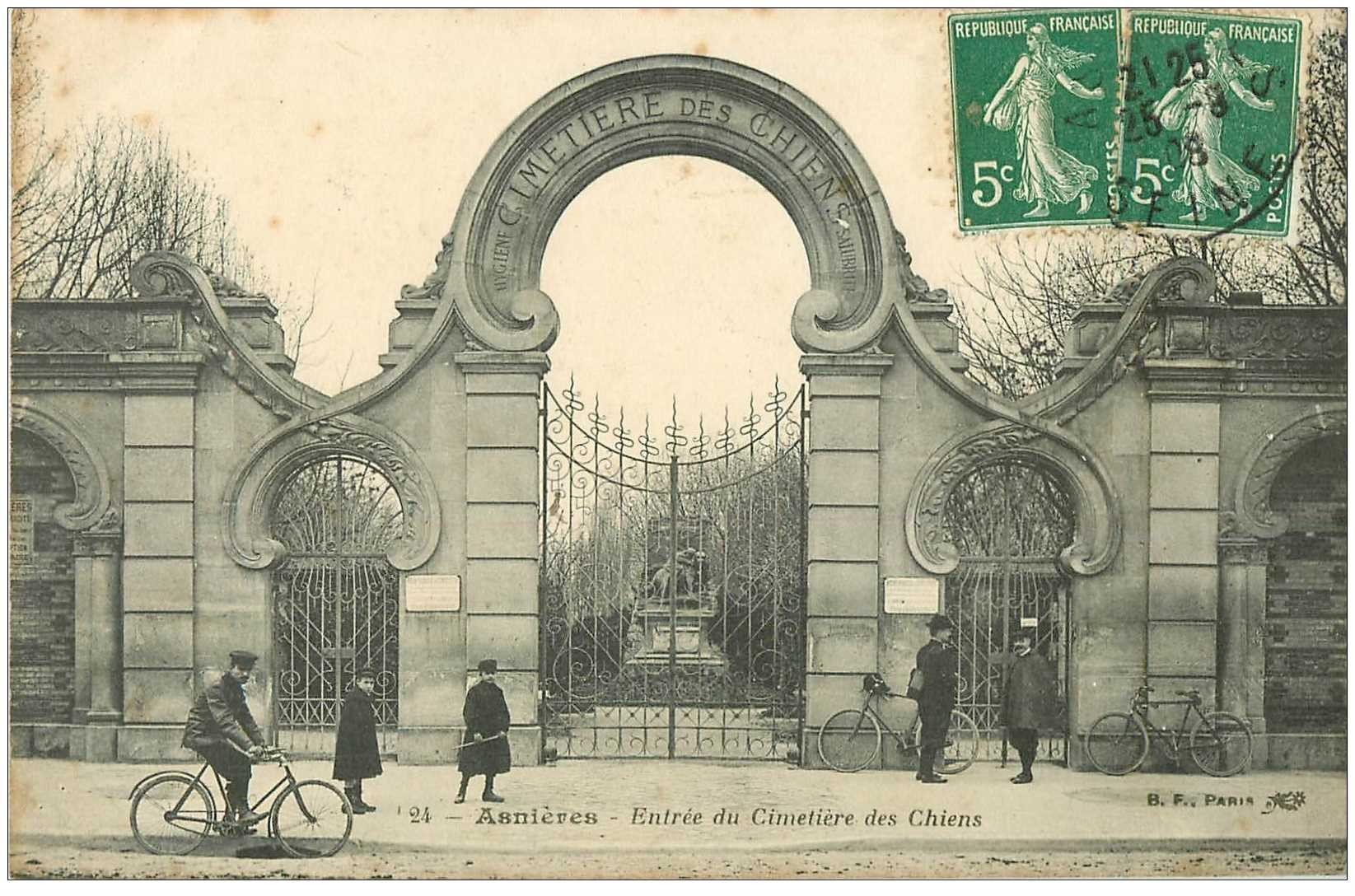
Even the entrance to the site is a lavish Art Nouveau archway designed by Eugènie Petit. Given the grandeur of the masonry, it is no great surprise that in 1987 the cemetery was classed as a historical monument.

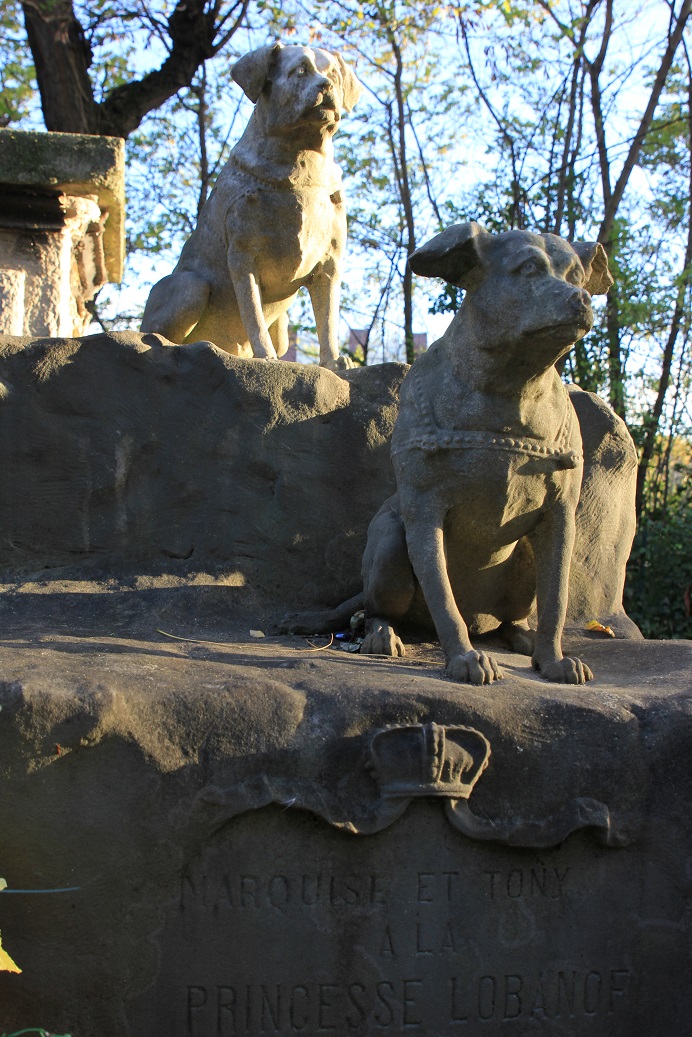

As the name would suggest (“cemetery for dogs and other domestic animals”), once again dogs prove to be man’s best friend, making up the majority of the tombs and gravestones. Among them are a number of celebrity dogs, including Rin Tin Tin, who starred in 27 silent Hollywood films before his death in 1932.
Lying alongside their canine compatriots are cats, fish, horses, monkeys – apparently a popular turn-of-the-century pet – and, unbelievably, more than one lion.
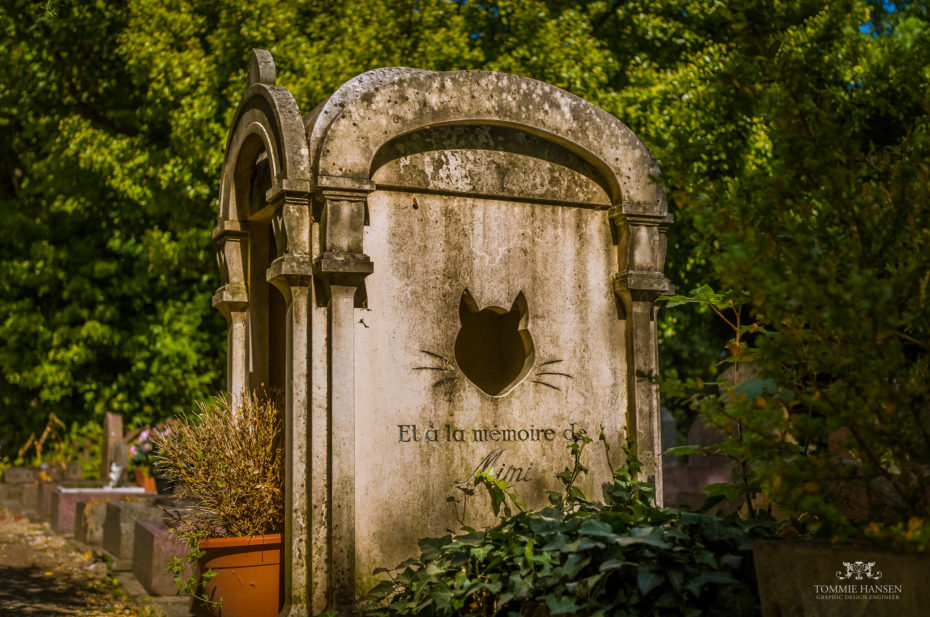
Among the biggest cats buried on site was once the furry friend of stage actor-turned-journalist-turned-activist, Marguerite Durand. As well as being instrumental in the creation of the cemetery in the northern suburbs of Paris, Marguerite Durand was a keen woman’s rights activist, establishing her own feminist magazine, La Fronde, and organising the Congress for the Rights of Women during the 1900 world’s fair. She was also renowned for stalking the streets of Paris with her pet lion, affectionately named Tiger. Take that, Dali.

In September 2019, the Cimetiere des Chiens et Autres Animaux Domestiques will celebrate its 120th anniversary with a free public event featuring storytelling and jazz performances, exhibitions, children’s workshops and the unveiling of a new sculpture by established local artist Arnaud Kasper. Throughout the year, entry to the cemetery is 3€50.
San Francisco’s Hidden Presidio Pet Cemetery
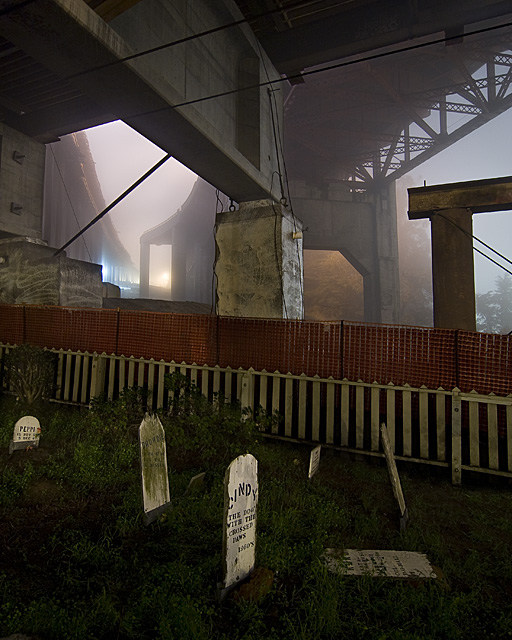
Under an elevated stretch of Highway 101 maintained lies a 77 year-old pet cemetery that has been continuously under threat of removal over the years by billion dollar urban renewal projects. You’d have to have some pretty precious pooches to be buried there to compete with that kind of power.
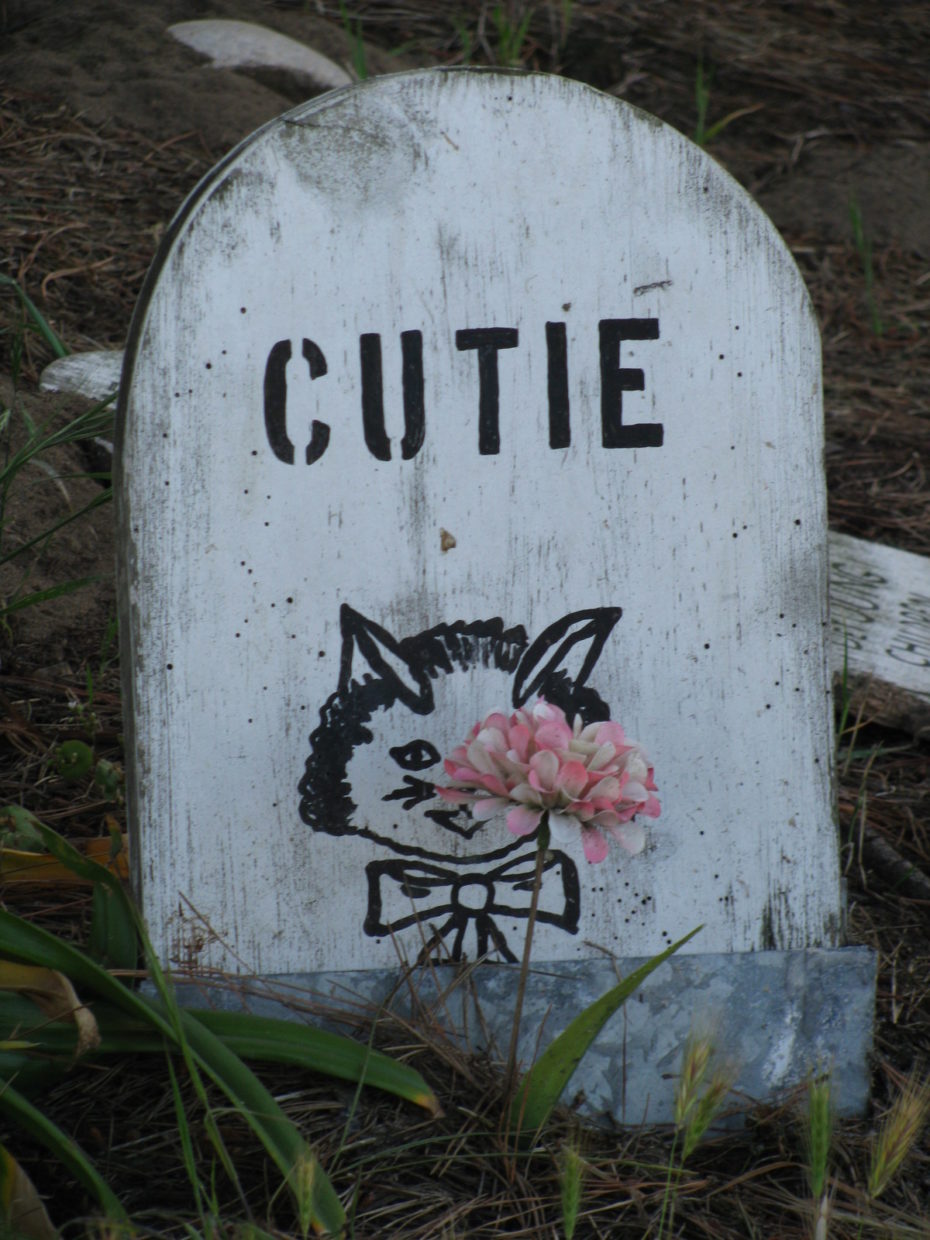
Nevertheless, the cemetery still stands as the final napping place for hundreds of furry companions who faithfully served the military families that lived at the Presidio when it was an Army post. The cemetery is also regularly by volunteers.
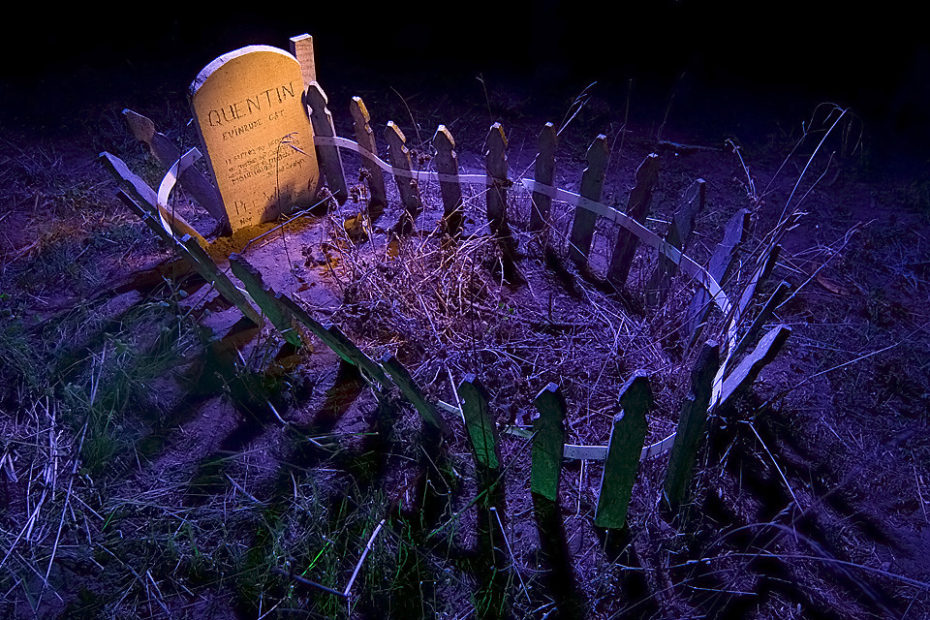
The cemetery is rumoured to be haunted – Stephen King style – by lost pets and WWII soldiers. There are 424 graves, and is not accepting new internments but can be visited by the public at 667 McDowell Ave, San Francisco.
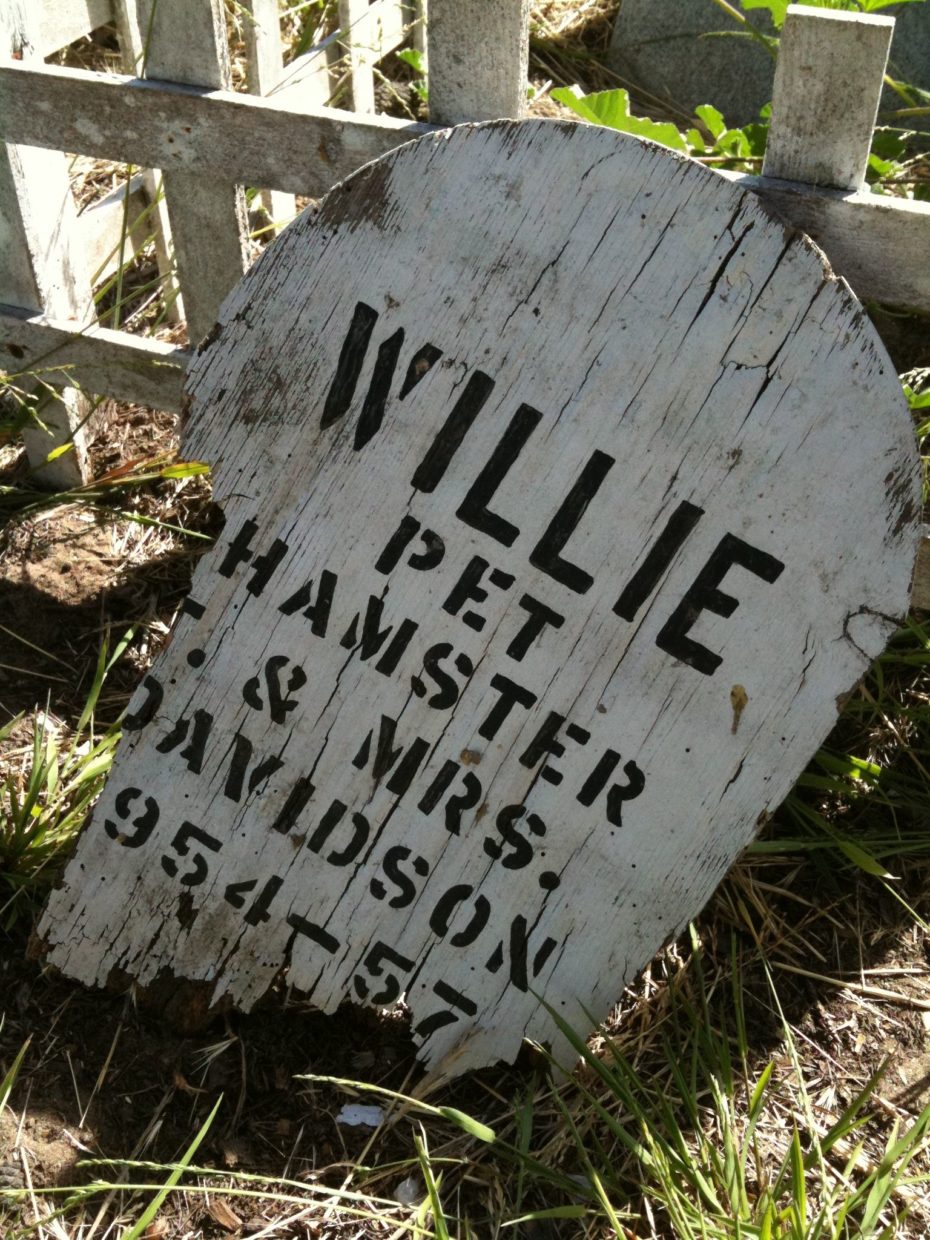
Hartsdale Canine Cemetery and Crematory, New York
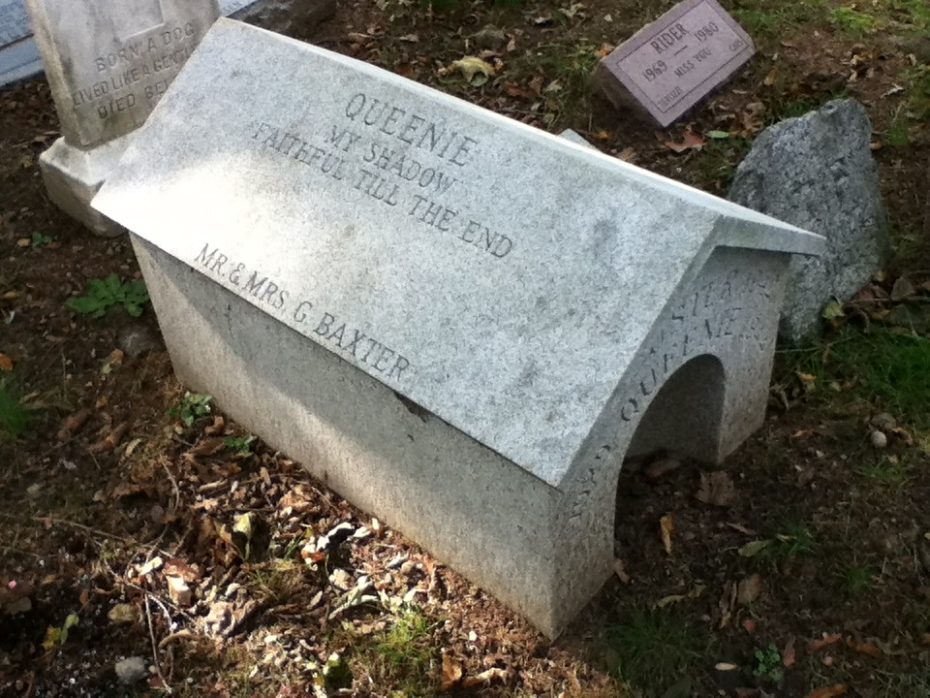
The largest and oldest pet cemetery in America is still functioning to this day. Established in 1896, the Hartsdale Pet Cemetery and Crematory is the final resting place of over 70,000 animals and counting.
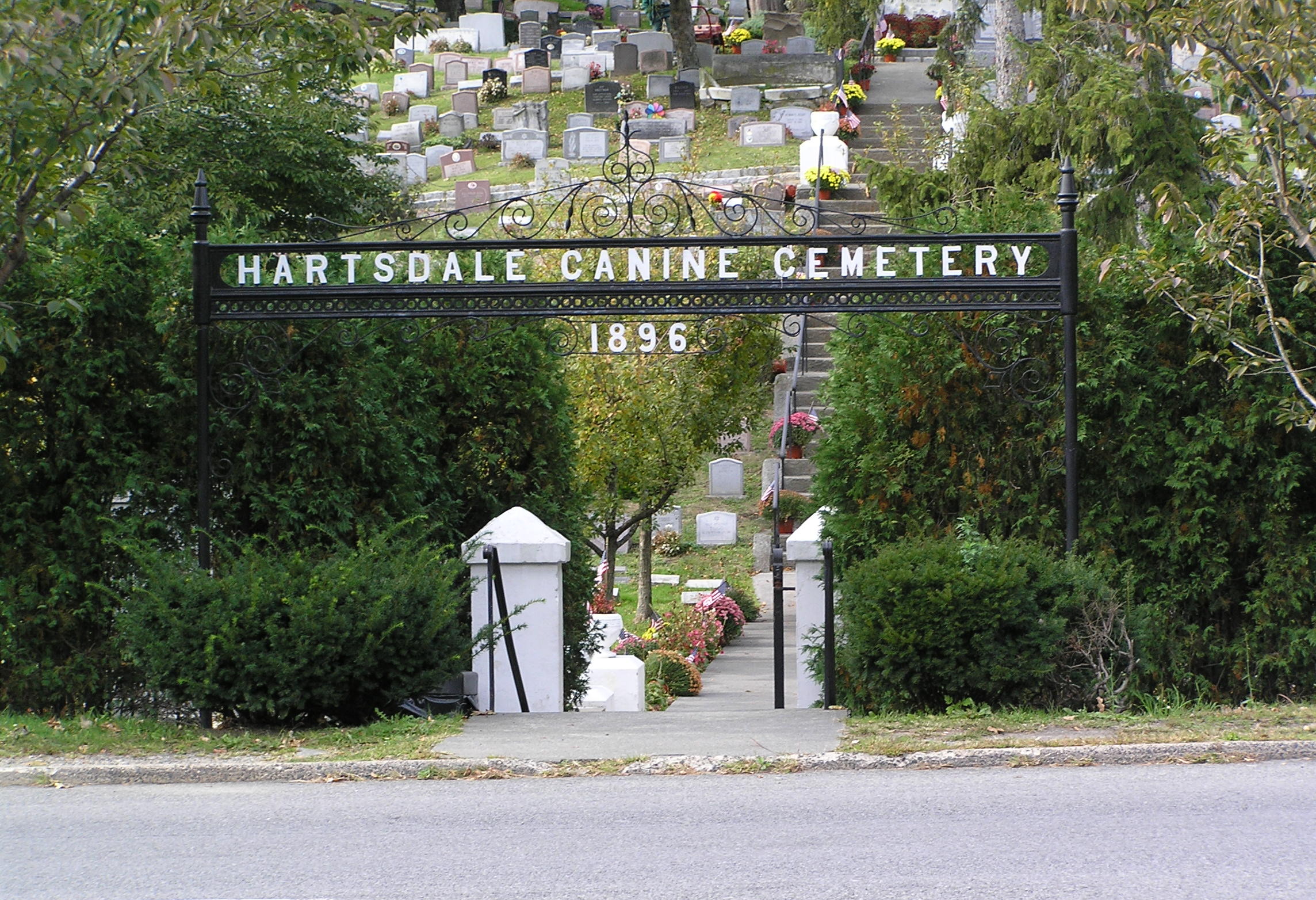
It was originally founded by Dr Samuel Johnson, the first official vet of the State of New York. After a client failed to find a suitable burial ground for her dog, she sought Dr Johnson’s help and he generously offered her a space beneath a tree in the apple orchard of his Hartsdale home. Soon after, Dr Johnson made a rookie mistake: during a lunch he mentioned the burial to a journalist friend of his, who subsequently published a piece on it. This led to a flurry of requests from bereaved pet owners, and it wasn’t long before he reserved a 3-acre plot to the cause.
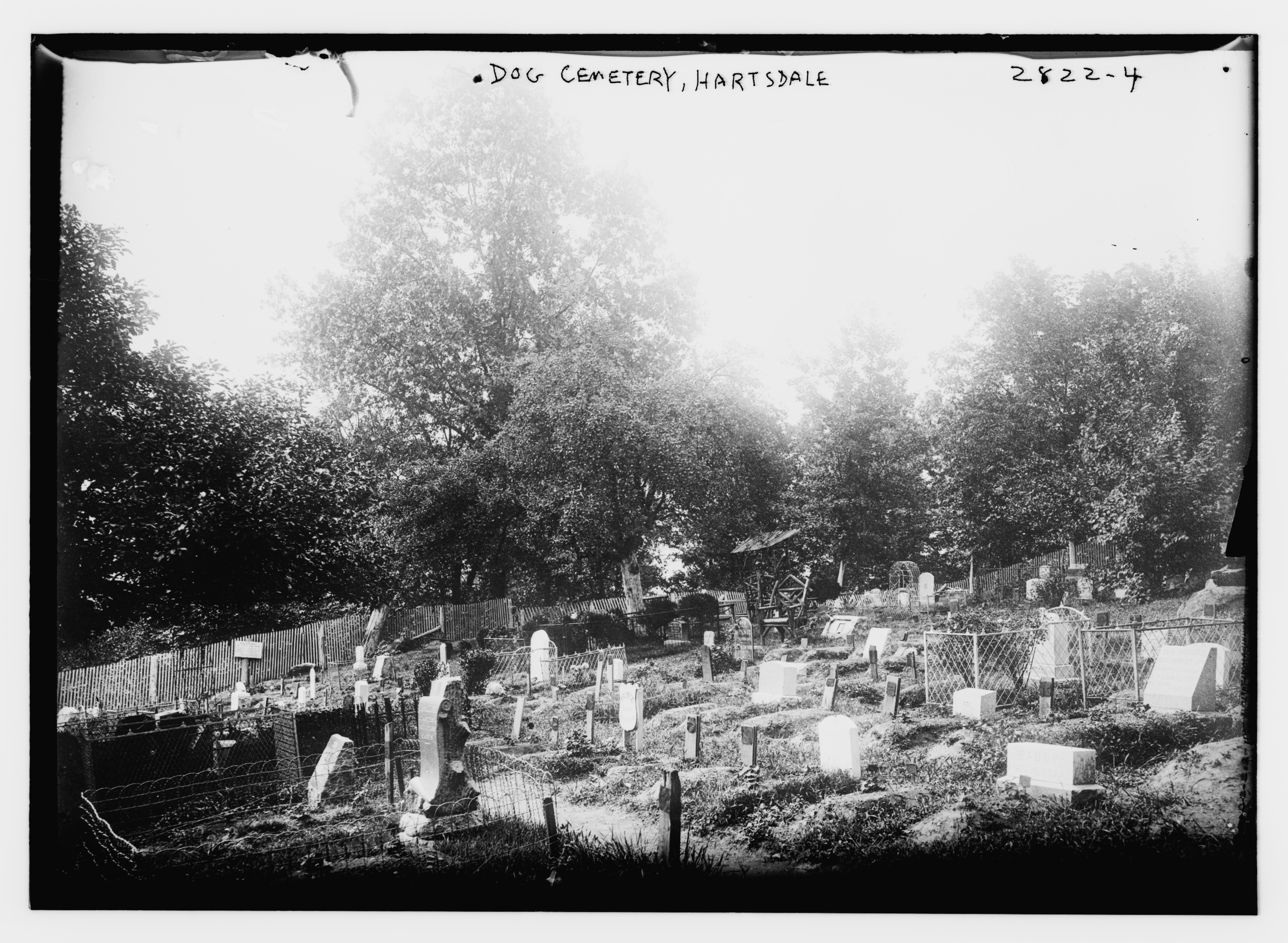
Proper licencing was granted in 1914, ensuring protection of the site, known as The Peaceable Kingdom, and the graves of tens of thousands of dogs, cats, birds, rabbits and “even a lion cub”.
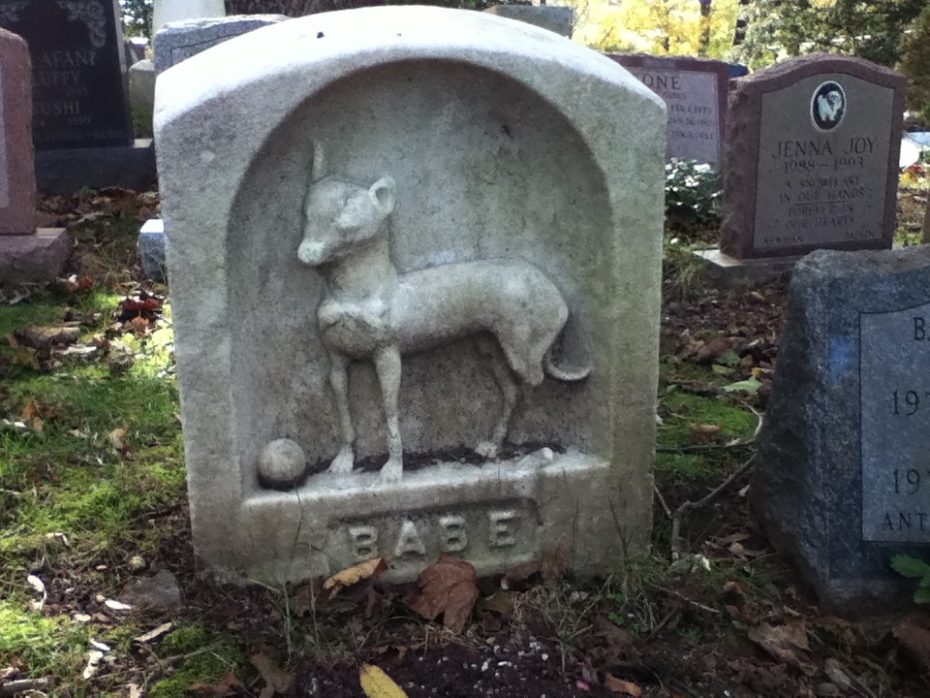
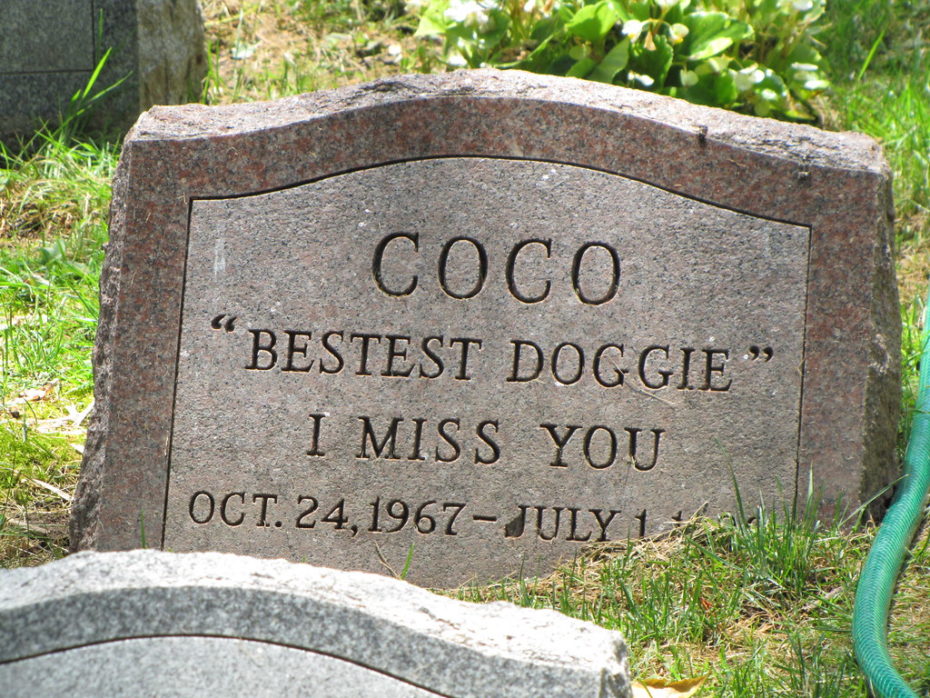
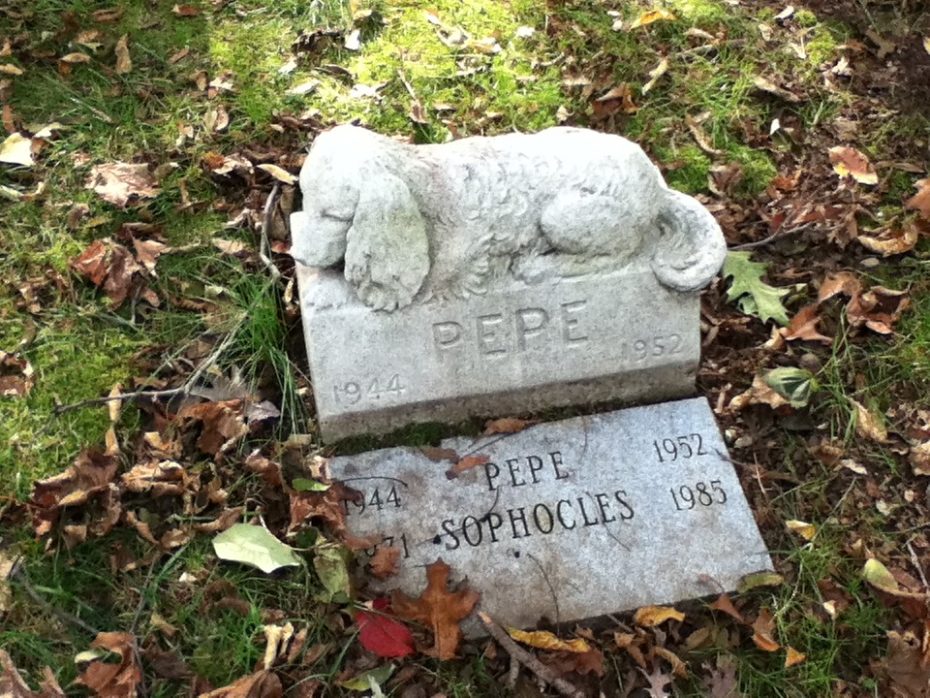
Pet’s Rest Cemetery in Colma, CA
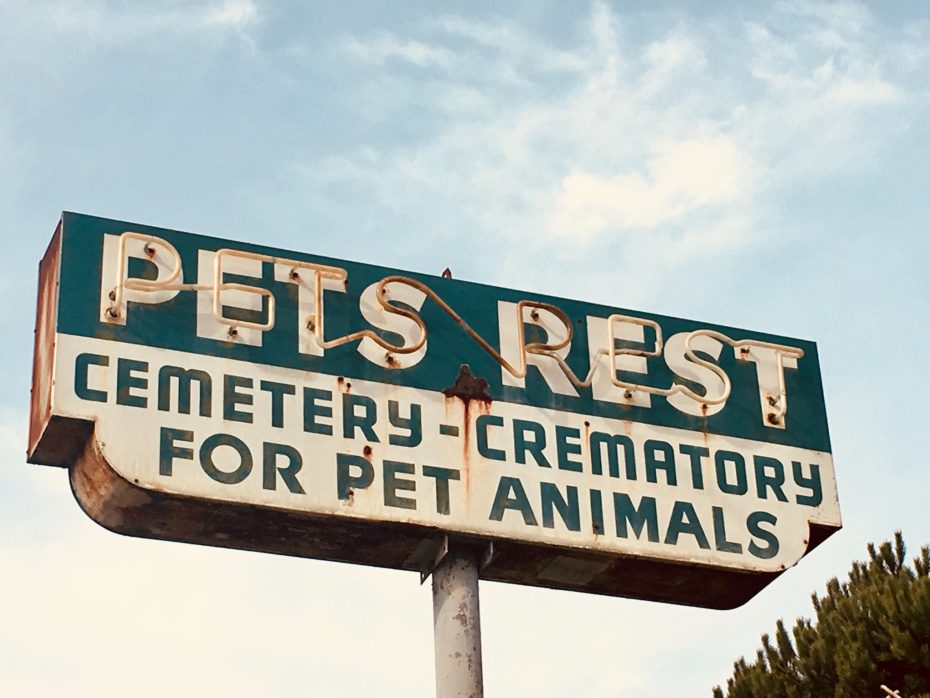
At first look, you might assume this 1950s neon sign is advertising a nearby motel, but beneath the rusting sign, behind a chain-linked fence on Colma’s Hillside Boulevard, you’ll indeed find a 72 year-old cemetery for pets.
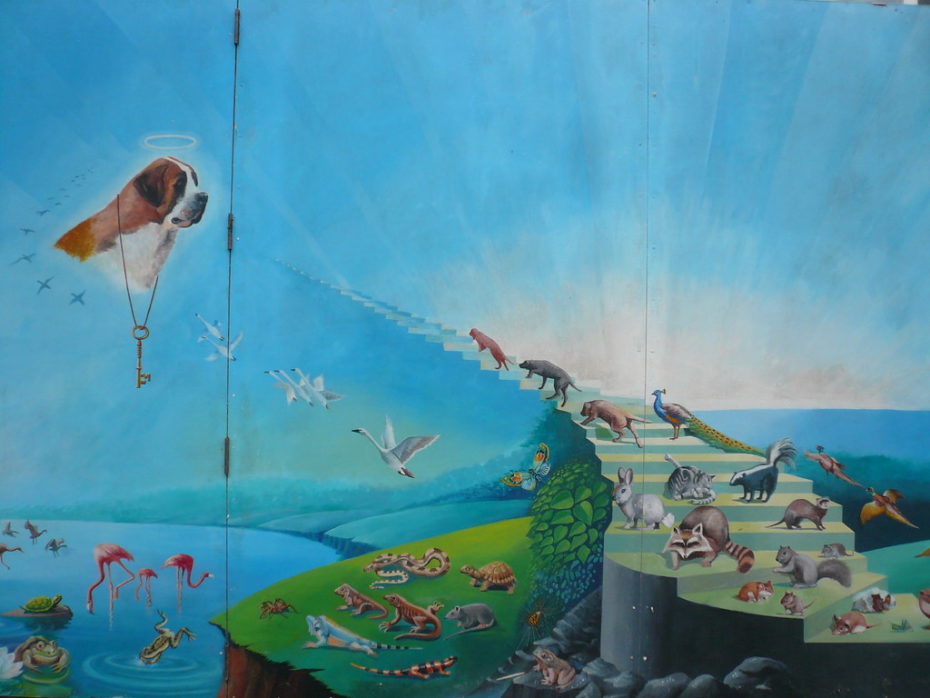
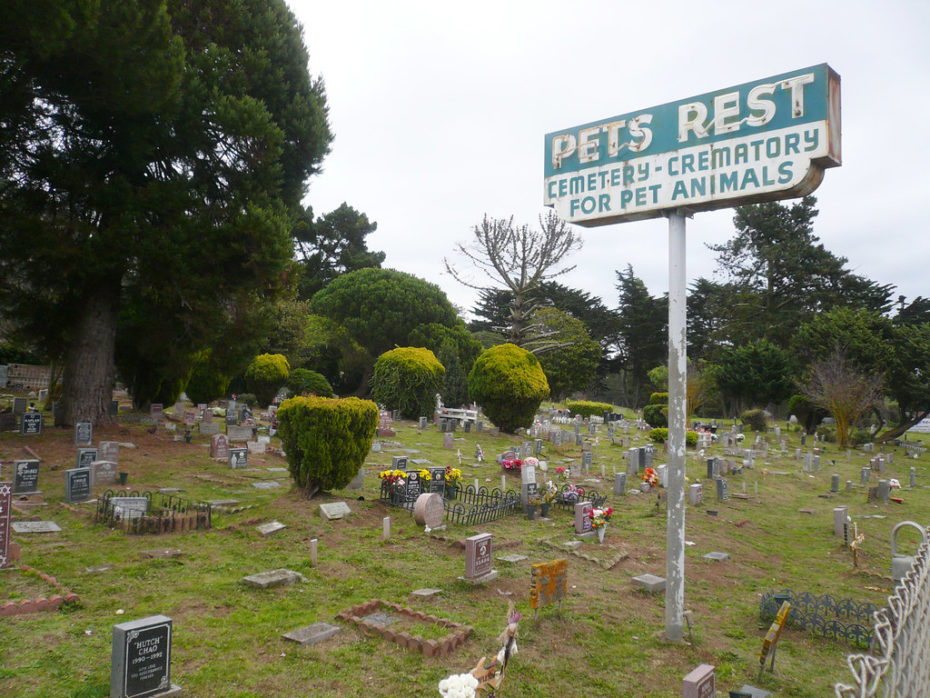
The reception area of the family business does in fact resemble a motel check-in, where you can decide whether you want your pet interned or cremated. Doubling as an animal funeral home and crematorium, there’s also a small chapel for grieving owners. Established in 1947, 14,000 pets are buried on the property
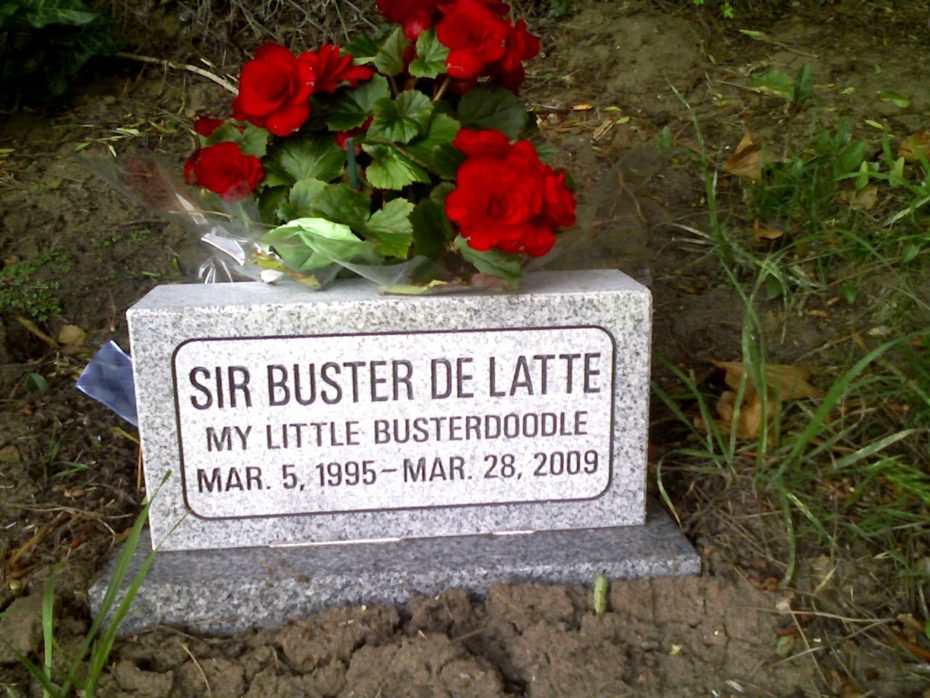
The cemetery is open to the public Mon- Sat at 1905 Hillside Blvd, Colma, CA
Jindaiji Pet Cemetery, Tokyo
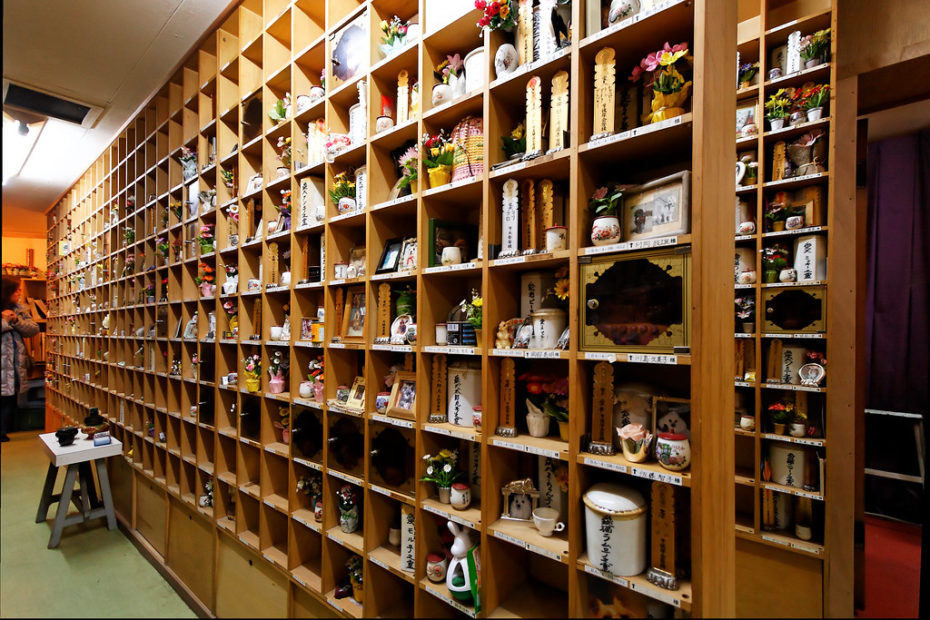
It costs about $50/year to maintain a cubby at Jindaiji Pet Cemetery in western Tokyo next to a Buddhist temple. The city counts up to seven pet cemeteries, but Jindaiji is probably the capital’s largest and oldest, lined with corridor after corridor of alcoves containing the ashes of deceased pet. Some owners leave cat or dog food for the afterlife next to their remains. Up to 20,000 pets are resting here, and if you’re willing to pay a higher monthly fee, you can upgrade your pet to larger alcoves or permanent plaques.
Edinburgh Dog Cemetery, Edinburgh

Clinging to the side of Edinburgh Castle is a jumble of tiny grave markers dedicated to the memory of regimental mascots and dogs of high-ranking Scottish soldiers. Though the castle itself dates back to the 12th century, the dog cemetery was instated in 1840 during the reign of Queen Victoria, thought to be on the site of a medieval tower. Many of the inscriptions are no longer legible due to weather damage, but some can just about be made out, depicting the lives of many an adventurous hound. Dobbler, for example, travelled to exotic locations such as China, Sri Lanka and South Africa. Whereas Winkle was more of a socialite: “faithful friend of Lady Gow and the Governor”.

With just 20-odd plots, it is easily overlooked by visitors to the castle. But the novelty of its existence has captured the imagination of many, including Rabbie Burns, Scotland’s national poet, who immortalised it in verse – in his signature Scottish dialect:
Berkin dugs here lie
at rest
The yappin worst, obedient best
Sodgers pets and mascots tae
Still the guard the castle to this day.


